After lagging behind the United States and United Kingdom on the distribution of COVID-19 vaccines this spring, the European Union is on track to catch up by July. Following initial missteps, the EU has developed a better strategy on vaccine procurement. Even when in distress, the bloc has showed solidarity between its larger and smaller economies — limiting space for Russian and Chinese vaccine diplomacy in Europe — and towards the developing world, which will pay dividends in the future. By learning from its mistakes and capitalizing on international solidarity, Europe will be better equipped for future pandemics and increase its international soft power.
Europe fell behind the U.S. and other countries because of its slow negotiation process for procuring vaccine doses. The EU had no prior experience on the matter; health was a member state competence. The member states’ approval of the European Commission vaccine plan on June 17, 2020 — which set aside the vaccine “alliance” initiated by France and Germany, later joined by Italy and the Netherlands, for a joint procurement led by the EU’s largest economies — stemmed from the idea of avoiding competition over vaccines inside the EU. Yet, this put a huge burden on the unprepared commission, which then treated vaccines as a trade matter rather than an emergency negotiation, preferring lower prices over timely deliveries. Widespread vaccine skepticism was also a problem, and when negotiations were carried out last summer, Europeans thought they largely had the pandemic under control, so they were not desperate for a vaccine. But COVID-19’s variants proved them wrong and ultimately the EU fell behind in the rollout, especially compared to the speed of the United Kingdom or Israel.
Yet, recent facts suggest that the EU is learning from its mistakes. First, rollout has significantly improved across the continent. By early May, the daily pace of vaccine injection had increased by 60% in France, 90% in Italy, and 145% in Germany compared to a month prior, matching the U.K. The EU is now vaccinating more than 3 million people daily, nearly twice as many as the United States (albeit with a larger population). The majority of EU member states now have at least 30% of their population at least partially vaccinated, including the five largest: Germany (38.2%), France (33.3%), Italy (32.8%), Spain (33.3%), and Poland (31.3%). While the overall EU rate of 32.9% still lags behind Israel (60.1%), the U.K. (55.4%), and the U.S. (47.9%), infection and death rates are down across the continent and EU officials expect to catch up with the U.S. in July. While logistics improvements like enabling military facilities and family doctors to administer vaccines were crucial to this performance, the EU seems to have found a solution to its most important problem on the supply side.
After being criticized for lack of leadership, President of the European Commission Ursula von der Leyen announced negotiations for and ultimately concluded a deal for over 1.8 billion doses through 2023 with Pfizer and BioNTech. Such deliveries will be facilitated by a scale-up in production in Pfizer manufacturing sites, while the commission’s diplomatic initiative is likely to set a precedent for a bolder EU role in future health crises. After the experience of unmet delivery promises with AstraZeneca, there has been substantial pressure from NGOs and debate between EU member states to buy and share the ownership of vaccine patents to disentangle European public health from the fortunes of a handful of private companies. While member states disagree over the U.S. proposal for a broader liberalization of COVID-19 vaccine patents — with Germany fearing a negative impact on intellectual property, while Italy and France support Washington — the EU holds a strong position at the negotiating table given its massive efforts in vaccine production and regulatory power, and therefore has an important role to play in worldwide response to future pandemics or similar crises. The European Council is currently assessing a temporary suspension of vaccine patents.
It is true that the advantages of shared European procurement seemed slim at the beginning given the slowness of the EU’s vaccine rollout. However, there were important benefits to an EU-led approach, from a geopolitical standpoint. If Brussels had not taken centralized action, it is fair to assume that larger European countries would have cooperated to negotiate with pharmaceutical companies from a stronger position. They would then have distributed vaccine doses to others after meeting their domestic needs, similarly to the United States. However, it would be wrong to assume that smaller European countries would have been patiently waiting. So far, Hungary is the only EU member state using the Russian vaccine Sputnik V. Yet fights over purchases or distribution of Sputnik V have led to government reshuffles in the Czech Republic and Slovakia. Hungary also turned to the Chinese vaccine Sinopharm for additional doses, and Poland considered it. While the case of Hungary is not surprising, interest from other countries indicates that the absence of shared procurement may have led member states to turn to and rely on China and Russia for jabs, offering Beijing and Moscow an opportunity for greater influence in the EU.
Lastly, the EU has given proof of solidarity even in hardship, which will pay off in the future. Set aside the one case of blocking the export of AstraZeneca vaccine to Australia as the company had not fulfilled its commitment to the EU; since December 2020, the EU has exported more than 159 million doses to 87 countries and supported the global vaccine initiative COVAX with 2.2 billion euros. The United States, on the other hand, only started to unlock 60 million doses of unutilized AstraZeneca vaccines in April after the rapid deterioration of the situation in India. It is true that the EU also pushed AstraZeneca to supply the EU market first, but this did not result in an export ban; instead the EU used these doses to assist the developing world.
Perhaps these EU efforts are too little too late, given how the delays impacted both lives and economies across Europe. Perhaps they will never be acknowledged by the EU citizens, who are also unhappy with their national governments’ management of the vaccine rollout. But it is still remarkable how the EU was able to adapt in an area that had been a national responsibility. Improving its capabilities by learning from past mistakes and investing in solidarity will set Europe up well for tackling these challenges more effectively in the future, domestically and globally.
The Brookings Institution is committed to quality, independence, and impact.
We are supported by a diverse array of funders. In line with our values and policies, each Brookings publication represents the sole views of its author(s).

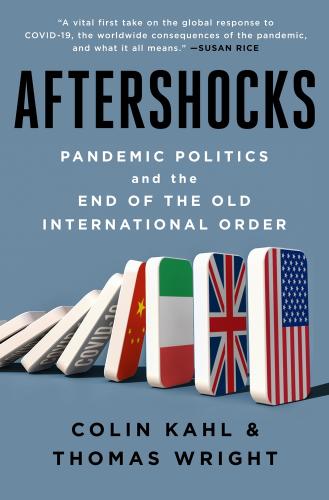
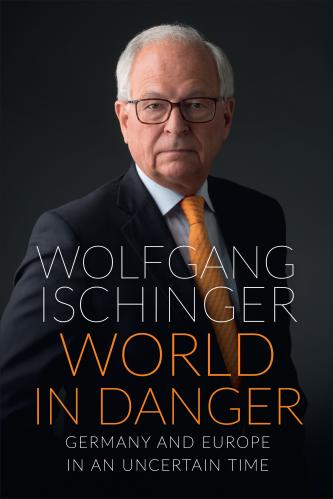

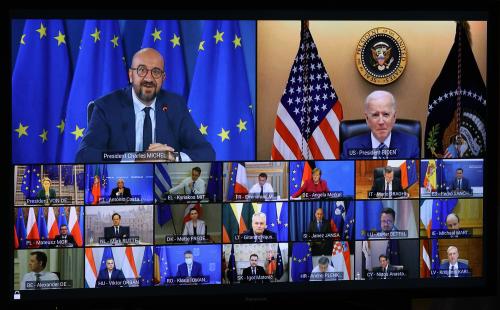
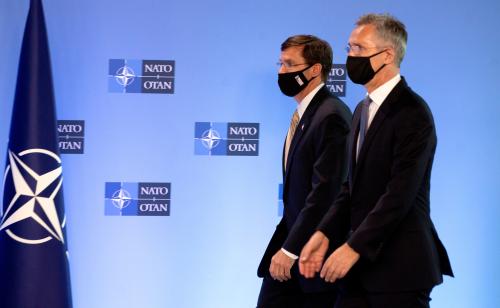
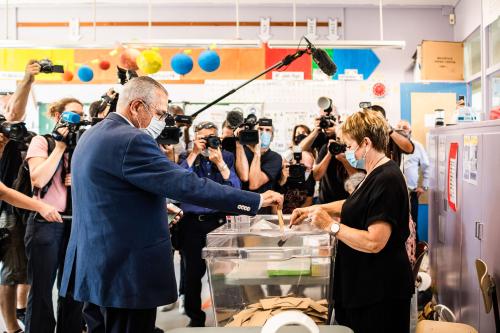




Commentary
EU learns from mistakes on vaccines
May 20, 2021